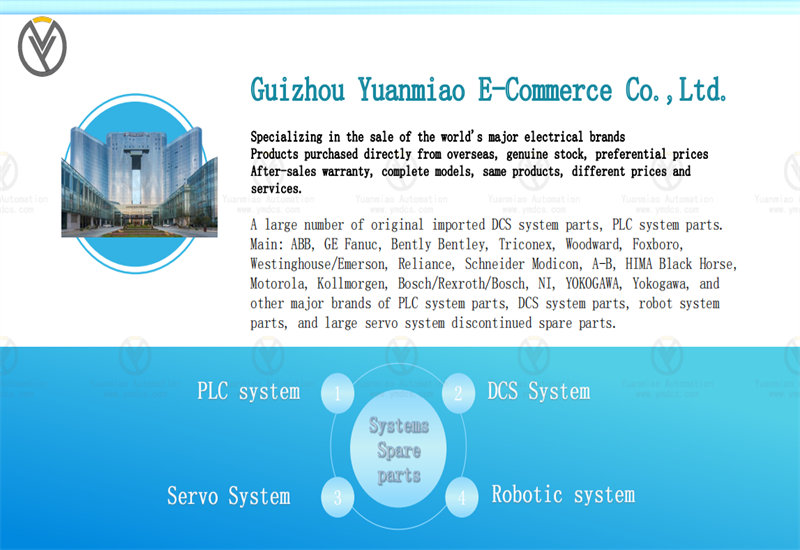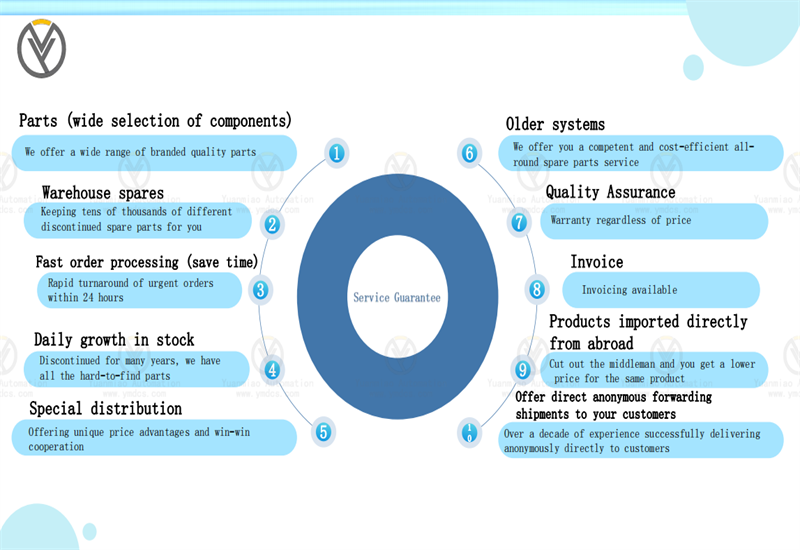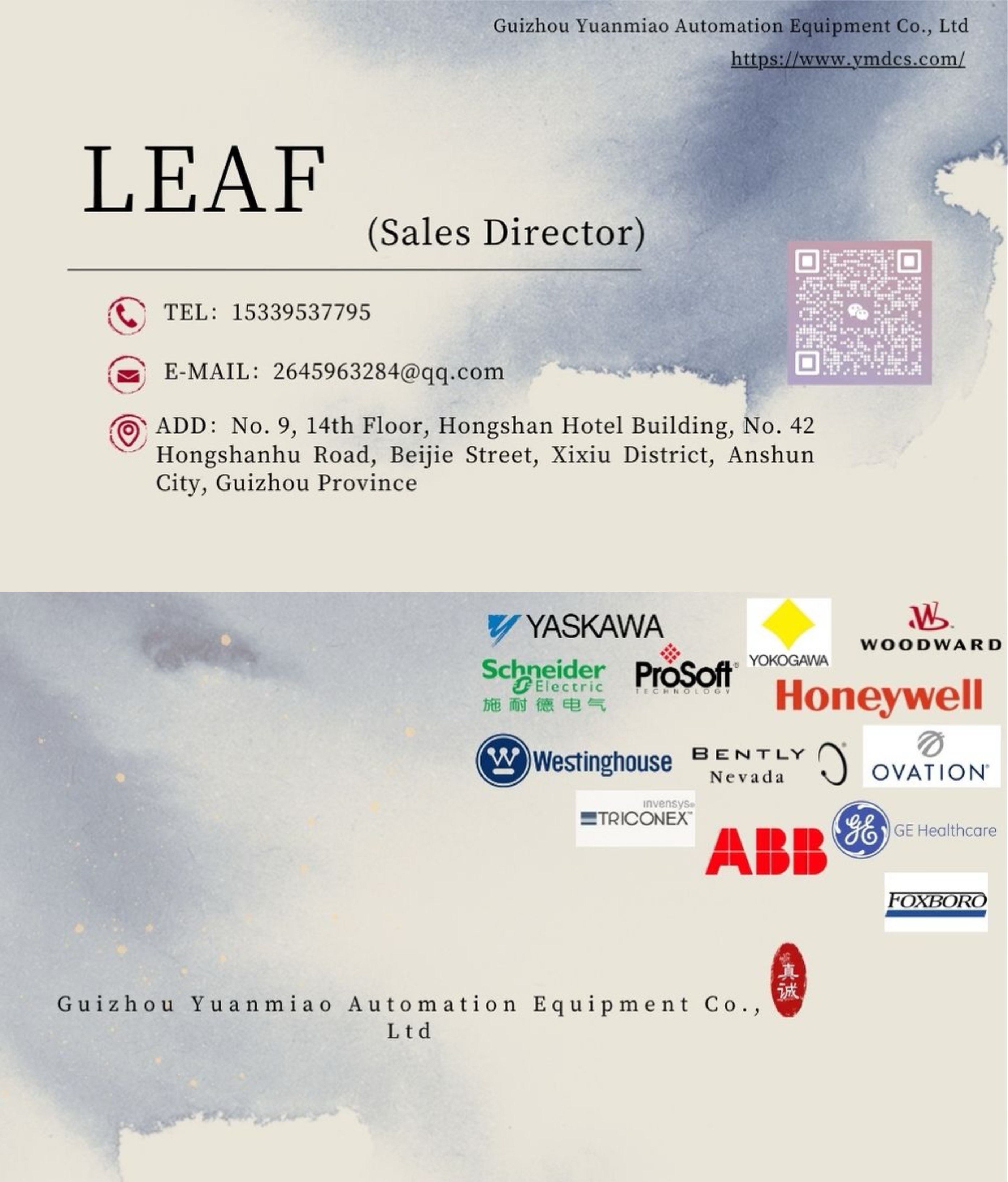Description
These units are designed for strip tension measurement in applications where it is essential or advantageous to determine the vertical force component. Machined from a single block of stainless steel, they have exceptionally high tolerance for overloads, shock and impact, in addition to high immunity to dust and corrosion. The standard construction is of high resistant stainless steel with potted internal components. Mill-duty versions are available for exceptionally hostile environments in i.e. galvanizing or pickling lines.
Data
| PROPERTIES | |||||
| Nominal load | |||||
| (rated capacity) | kN | 5.0 | 10.0 | 20.0 | 50.0 |
| Lbs. | 1125 | 2250 | 4500 | 11250 | |
| Extended load | kN | 7.5 | 15.0 | 30.0 | 75.0 |
| Lbs. | 1688 | 3375 | 6750 | 16875 | |
| Permitted load | |||||
| Transverse direction | kN | 2.5 | 5.0 | 10.0 | 25.0 |
| (horizontal) h=300 mm | Lbs. | 563 | 1125 | 2250 | 5625 |
| Overload capacity | |||||
| Measurement direction | |||||
| (vertical) | kN | 50.0 | 100.0 | 200.0 | 500.0 |
| Lbs. | 11250 | 22500 | 45000 | 112500 | |
| Transverse direction | |||||
| (horizontal) h=300 mm | kN | 12.5 | 25.0 | 50.0 | 125.0 |
| Lbs. | 2815 | 5625 | 11250 | 28125 | |
| Deflection | mm | 0.02 | 0.02 | 0.02 | 0.02 |
| 1/1000 inch | 0.8 | 0.8 | 0.8 | 0.8 | |
| Spring constant | kN/mm | 250 | 500 | 1000 | 2500 |
| 1000 Lbs./inch | 1430 | 2860 | 5720 | 14300 |

Load cell, also known as load cell, load cell. It is a key component in most industrial weighing systems. The most basic definition of load sensors is that they measure weight (or, more accurately, directional force) usually through a combination of spring elements and strain gauges, converted into an electrical output. In a variety of different types of load cells, different models and styles can be distinguished in two key ways: By the methods they use to detect weight (tension and pressure load cells, tension load cells, and other measurement types) ② generated according to the type of output signal (hydraulic load cells, piezoelectric load cells, and various other configurations), any type of load cell is, strictly speaking, always designed to operate in the direction of gravity. However, it is common to use the term "load cell" when referring to various force-sensing device types, many of which are explicitly designed to measure forces applied from all sides. These terms have become largely interchangeable in many workplace environments today, so an accurate description of the type of equipment to be used for the application is necessary when evaluating a load cell or planning to purchase load cell parts. Load cells are widely used today in most heavy industries, manufacturing plants, large production workshops and strict quality control environments. In global sales, the majority of applications still rely on accurate weight measurement, which is one reason why load sensors play such an important role in modern business. In more immediate industrial uses, load sensors are extremely important for maintaining accurate quality control systems that promote manufacturing consistency and safe processes. They are also widely used in a variety of medical and laboratory Settings to achieve optimal precision measurements for a variety of scientific and research purposes. Load sensors are rapidly becoming more common in a range of industries that inherently rely less on precise weight measurement, such as in general logistics and freight calculations. Load cell technology is inherently compatible with a variety of other digital and computer-based communication technologies, enabling companies of all types to quickly access, monitor and respond to critical diagnostic information in real time. Since this is much more difficult to do using traditional mechanical platform weighing equipment, installing weighing sensors tends to be more efficient and cost-effective for most companies in the long run.

The most common type of scale used in industrial applications is the strain gauge. The strain gauge load cell consists of a solid metal body (or "spring element") that holds the strain gauge in place. When the load is applied, the body of the load cell is slightly deformed and deflected. Deflection refers to the variation of the load unit along the length of the spindle when the load is applied. In a tension pressure load cell, deflection makes the meter shorter and thicker. In a tension load cell, the meter is stretched, lengthened and thinned. In response to changes in body shape, the strain gauge also changes shape. This in turn causes a change in the resistance of the strain gauge, which can then be measured as a voltage change. Since this change in the output is proportional to the amount of weight applied, the weight of the object can be determined from the voltage change. Another factor to consider when purchasing a load cell is the type of housing material, and some varieties are more suitable for specific application environments. Common load cell housing materials include: Load cell made of aluminum/aluminum alloy Nickel-plated load cell Polyethylene plated load cell Alloy steel/stainless steel load cell

The company focuses on DCS, PLC, robot, large servo four systems
The main products are various modules/cards, controllers, touch screens, servo drivers
Company advantage: Supply imported original products, professional production of spare parts
One year warranty, fast delivery time, complete supply !!!
① 24 hours email response (12 hours);
② For shipment outside Asia, please contact the seller.
ABB Related Products
| 3BHE035301R1002 | 3BHE004573R0143 |
| 3BHE036342R0101 | 3BHE004573R0145 |
| 3BHE037649R0101 | 3BHE004573R1142 |
| 3BHE037864R0106 | 3BHE005555R0101 |
| 3BHE037864R0110 | 3BHE006412R0101 |
| 3BHE039203R0101 | 3BHE006414R0001 |
| 3BHL000986P7001 | 3BHE009017R0101 |
| 3BHE042393R0101 | 3BHE009319R0001 |
【 Disclaimer 】 We sell new products and discontinued products, independent channels to buy such special products. Guizhou Yuanmiao Automation Equipment Co., Ltd. is not an authorized distributor, dealer or representative of the products featured on this website. All product names/product images, trademarks, brands and microlabels used on this Website are the property of their respective owners. Descriptions, depictions or sales of products with such names/images, trademarks, brands and logos are for identification purposes only and do not imply any association or authorization with any rights holder. This article is from the official website of Guizhou Yuanmiao Automation Equipment Co., LTD. Please attach this link:http://www.ymdcs.com/ABB/












